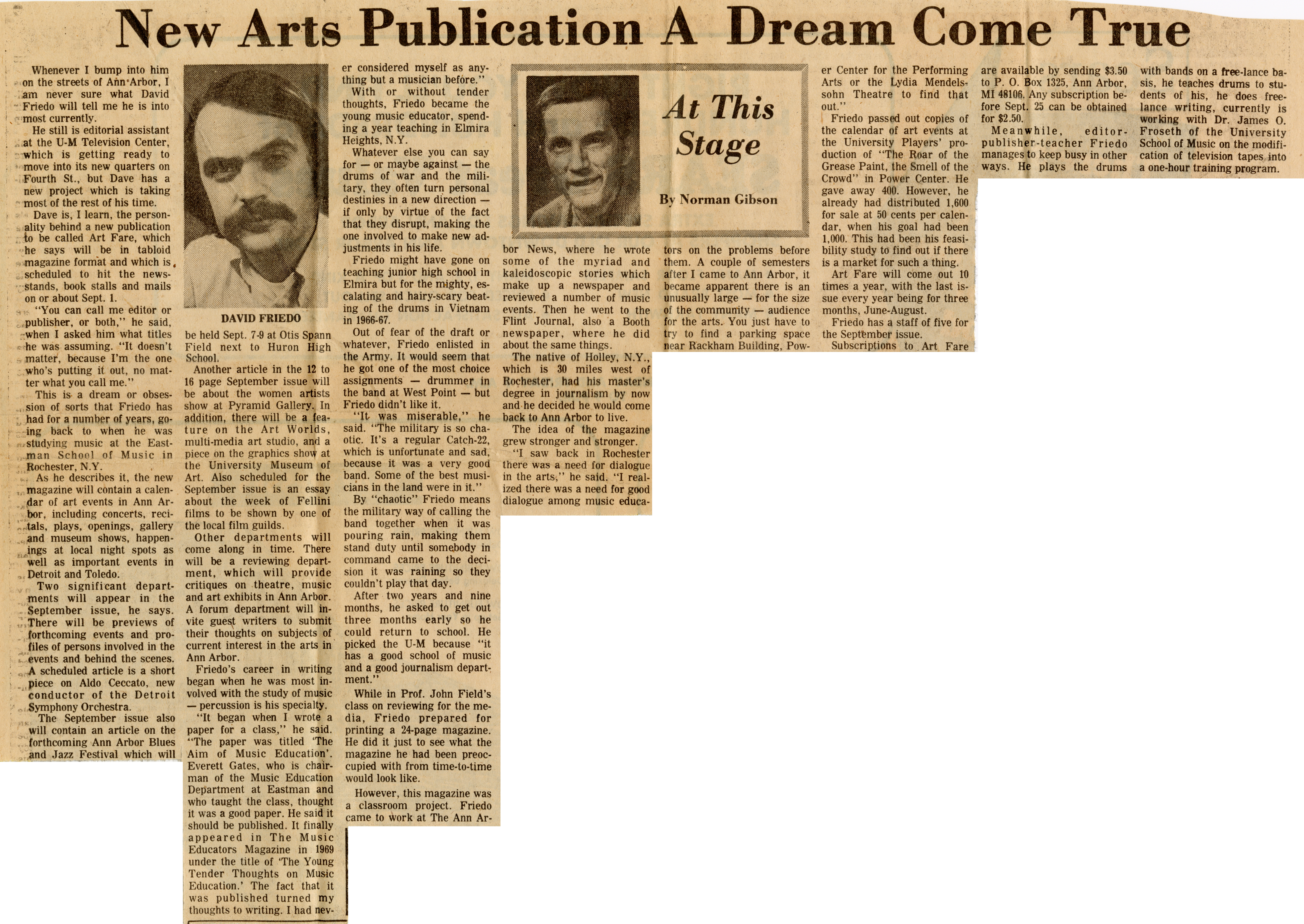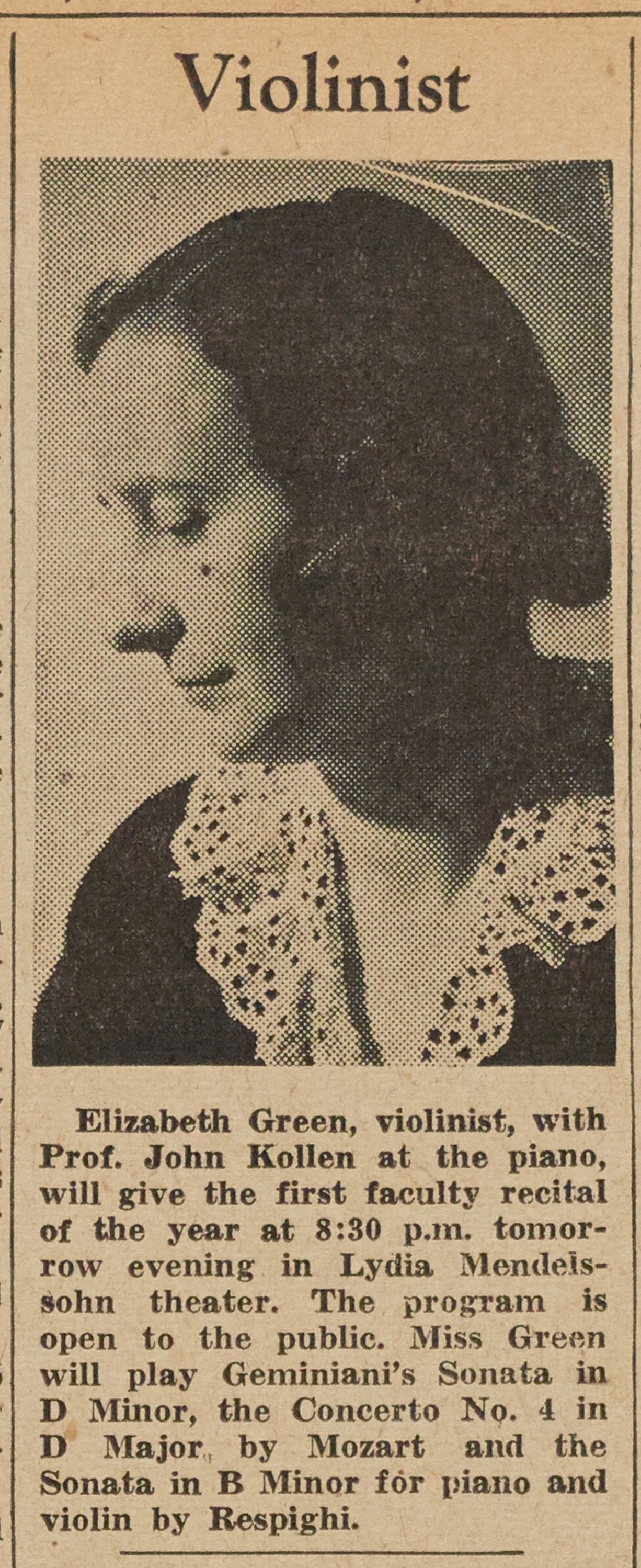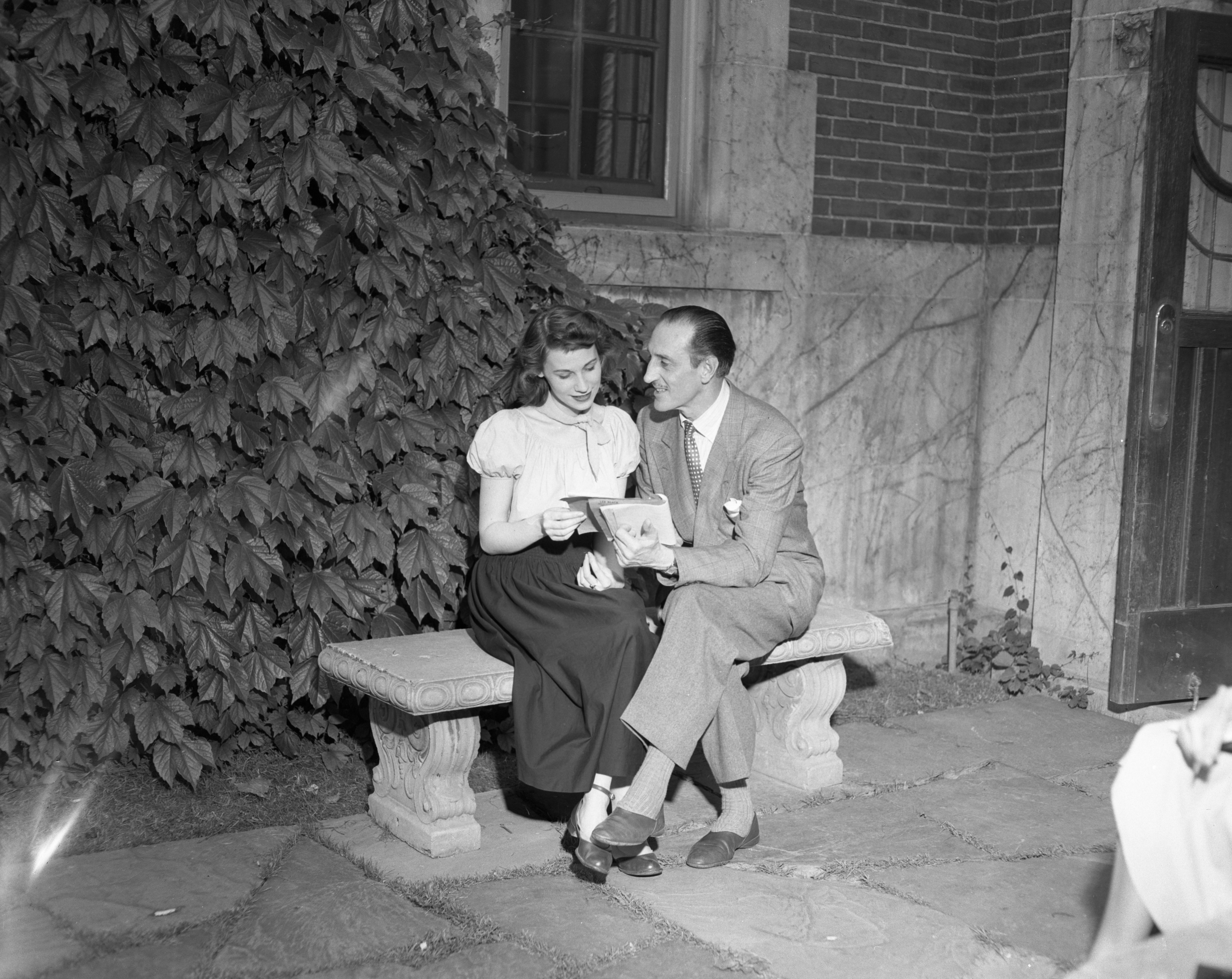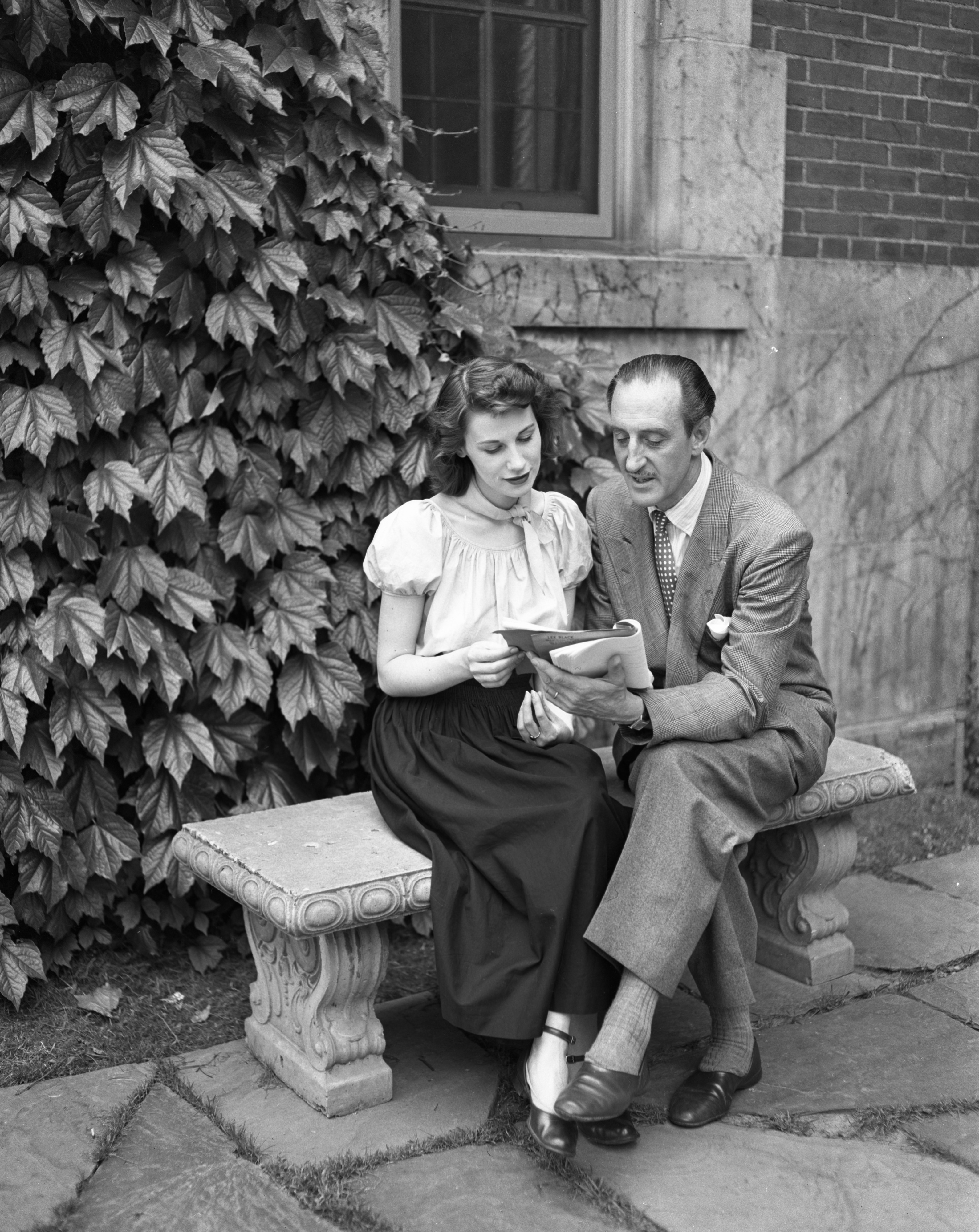'Die Fledermaus' To Be Presented

Parent Issue
Day
4
Month
August
Year
1976
Copyright
Copyright Protected
- Read more about 'Die Fledermaus' To Be Presented
- Log in or register to post comments
The Troopers Behind the Troupe

Parent Issue
Day
27
Month
November
Year
1976
Copyright
Copyright Protected
- Read more about The Troopers Behind the Troupe
- Log in or register to post comments
The legend of SUN RA

Parent Issue
Day
7
Month
February
Year
1986
Copyright
Copyright Protected
- Read more about The legend of SUN RA
- Log in or register to post comments
Chief Objectives

Parent Issue
Day
11
Month
February
Year
1993
Copyright
Copyright Protected
- Read more about Chief Objectives
- Log in or register to post comments
Actor Whitford Kane plays First Gravedigger in the University's "Hamlet," June 1954

Year:
1954
Published In:
Ann Arbor News, June 21, 1954
Caption:
Whitford Kane, who has played the role of the First Gravedigger with more than 20 of the greatest Hamlets in the past 50 years, has returned to Ann Arbor to play his famous role in the University's production of the play, July 5-10. Phyllis Pletcher, in charge of costumes, assists the famous actor in this photo, looking into a dressing-room mirror of the Lydia Mendelssohn Theater.
Ann Arbor News, June 21, 1954
Caption:
Whitford Kane, who has played the role of the First Gravedigger with more than 20 of the greatest Hamlets in the past 50 years, has returned to Ann Arbor to play his famous role in the University's production of the play, July 5-10. Phyllis Pletcher, in charge of costumes, assists the famous actor in this photo, looking into a dressing-room mirror of the Lydia Mendelssohn Theater.
Copyright
Copyright Protected
New Arts Publication A Dream Come True

Parent Issue
Day
26
Month
August
Year
1973
Copyright
Copyright Protected
- Read more about New Arts Publication A Dream Come True
- Log in or register to post comments
Violinist

Parent Issue
Day
5
Month
January
Year
1946
Copyright
Copyright Protected
- Read more about Violinist
- Log in or register to post comments
Faculty Recitals To Begin Sunday

Parent Issue
Day
6
Month
February
Year
1947
Copyright
Copyright Protected
- Read more about Faculty Recitals To Begin Sunday
- Log in or register to post comments
Basil Rathbone and Margaret Phillips appear in Ann Arbor Drama Season's "The Heiress," June 1949 Photographer: Maiteland Robert La Motte

Year:
1949
Copyright
Copyright Protected
Basil Rathbone and Margaret Phillips appear in Ann Arbor Drama Season's "The Heiress," June 1949 Photographer: Maiteland Robert La Motte

Year:
1949
Published In:
Ann Arbor News, June 7, 1949
Caption:
Basil Rathbone, Broadway and Hollywood star, who plays Dr. Sloper in "The Heiress" which opens here tonight, ehlps Margaret Philips, star of "Summer and Smoke", go over her lines as the pair rehearse the dramatic tragedy, the fifth and last in the Drama Season at the Lydia Mendelssohn Theater.
Published In:
Ann Arbor News, June 6, 1969
Caption:
Margaret Phillips and Basil Rathbone check script prior to their Drama Season appearances in "The Heiress."
Ann Arbor News, June 7, 1949
Caption:
Basil Rathbone, Broadway and Hollywood star, who plays Dr. Sloper in "The Heiress" which opens here tonight, ehlps Margaret Philips, star of "Summer and Smoke", go over her lines as the pair rehearse the dramatic tragedy, the fifth and last in the Drama Season at the Lydia Mendelssohn Theater.
Published In:
Ann Arbor News, June 6, 1969
Caption:
Margaret Phillips and Basil Rathbone check script prior to their Drama Season appearances in "The Heiress."
Copyright
Copyright Protected